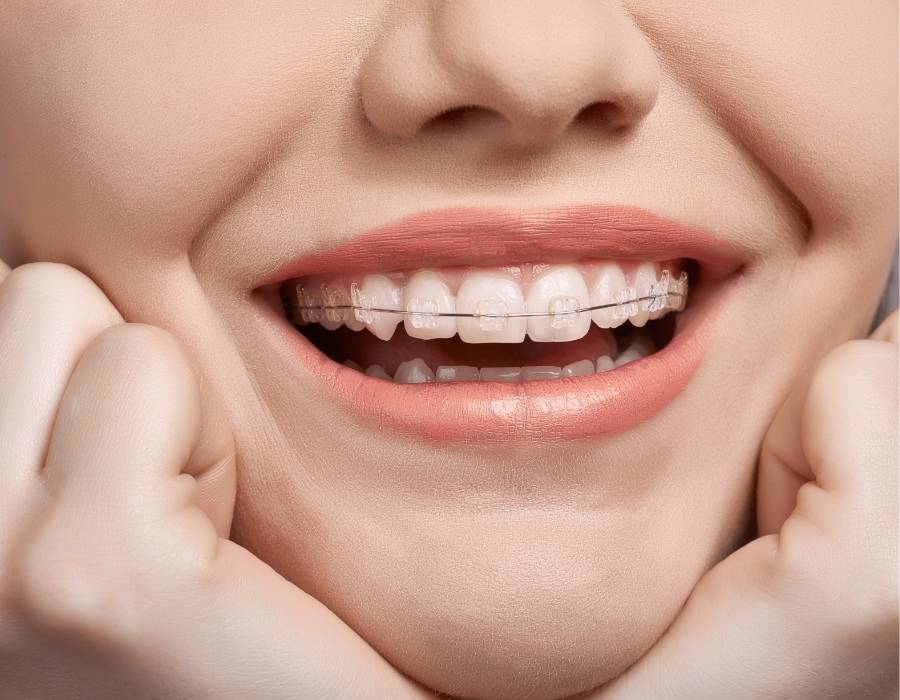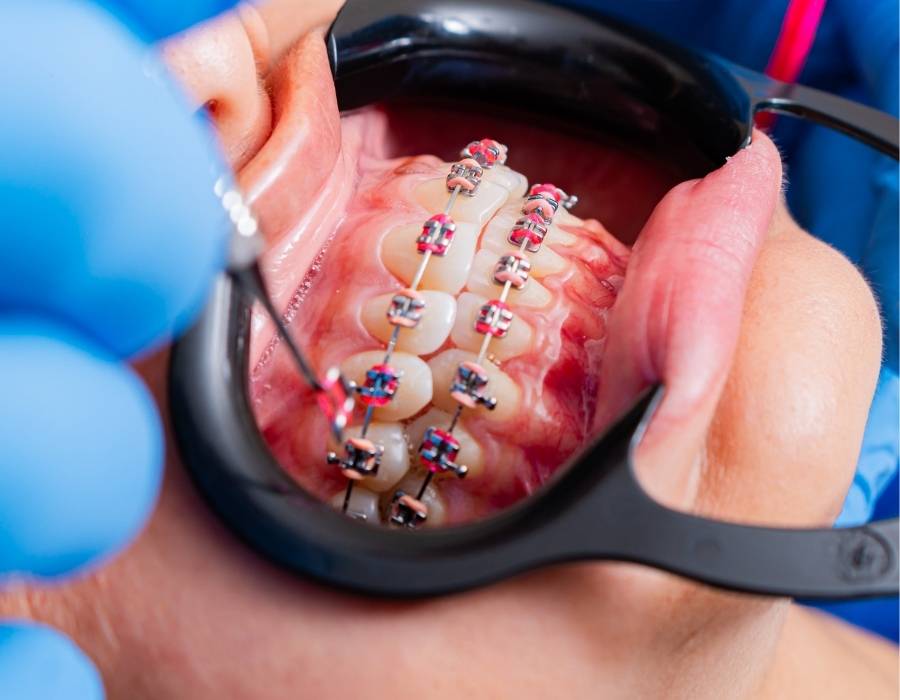Jaw pain isn’t just uncomfortable—it’s disruptive. It affects how you eat, speak, sleep, and even how you feel. Many individuals experiencing persistent jaw discomfort are surprised to learn that their symptoms may be linked to TMJ disorders (temporomandibular joint disorders) and that a lasting solution might come from an unexpected source: braces.
This blog dives deep into the relationship between braces and jaw health, answering your most pressing questions about jaw discomfort, TMJ relief, and how orthodontic treatment can support long-term function and comfort. Whether you’re currently considering braces or simply want a better understanding of jaw health, this post will provide the clarity and answers you need.
Understanding Jaw Discomfort and TMJ Disorders
The temporomandibular joints (TMJ) are the small but powerful hinges that connect your jawbone to your skull, enabling everyday movements like speaking, chewing, and yawning. These joints are essential for smooth jaw function, but they can become problematic when overworked or misaligned—leading to a condition known as TMJ disorder.
When the TMJ isn’t functioning properly, discomfort can arise in various ways. You might experience persistent jaw pain or tenderness, or notice clicking, popping, or grinding sounds when you open or close your mouth. Some people also report difficulty moving their jaw fully, especially when trying to eat or speak.
TMJ issues can also cause a ripple effect beyond the jaw. Headaches, neck tension, and facial soreness are common side effects, and in more severe cases, the jaw may even feel like it’s locking or getting stuck. If you’re experiencing these symptoms, it’s important to discuss them with your orthodontist or a TMJ specialist to prevent long-term complications.
Braces as a Solution for TMJ Relief
While braces can’t guarantee a permanent cure for TMJ disorders, they often play a major role in reducing symptoms—especially when the root cause is a misaligned bite. By correcting the way your teeth come together, braces can relieve pressure on the jaw joints and improve overall jaw function.
However, not all TMJ disorders are caused by orthodontic issues. Conditions related to arthritis, jaw trauma, or chronic stress may require a more comprehensive treatment approach. Even so, many patients with TMJ discomfort experience noticeable relief during or after orthodontic treatment, making braces a valuable part of their care plan.
How Do Braces Impact Jaw Health?
Braces are primarily known for straightening teeth, but their impact reaches far beyond cosmetic alignment. Orthodontic treatment can correct structural issues that contribute directly to jaw pain and TMJ disorders.
1. Correcting Misaligned Bites (Malocclusion)
A major source of TMJ discomfort is a misaligned bite—when your upper and lower teeth don’t come together properly. Braces gradually shift teeth into the correct position, realigning the jaw and promoting balanced muscle engagement. This significantly reduces TMJ strain over time.
2. Reducing Stress on the Jaw Joint
When teeth are crowded, gapped, or crooked, your jaw must work harder to function. This overcompensation leads to muscle fatigue and inflammation. Braces help evenly distribute pressure during chewing and talking, making jaw movement more natural and less painful.
3. Minimizing Teeth Grinding and Clenching (Bruxism)
Malocclusion often triggers unconscious grinding or clenching, especially during sleep. Orthodontic correction repositions the bite, reducing triggers for bruxism. As a result, you may experience fewer headaches, jaw soreness, and worn teeth.
4. Encouraging Facial Muscle Harmony
Uneven jaws often affect facial symmetry and cause muscles to overwork. As braces bring the teeth and jaws into harmony, facial tension decreases, often improving comfort and even appearance.
The Risks of Ignoring TMJ Symptoms
When TMJ disorders are left untreated, the condition can gradually worsen, turning mild discomfort into chronic pain. Over time, ongoing strain on the jaw joints may lead to inflammation, joint damage, and reduced mobility—making everyday activities like eating or speaking increasingly difficult.
In more advanced cases, untreated TMJ can contribute to changes in your bite alignment, muscle fatigue, and even long-term damage to surrounding facial structures. These complications often require more intensive treatment and may affect your quality of life.
That’s why early diagnosis and intervention are so important. Addressing TMJ symptoms promptly can help prevent progression, reduce discomfort, and protect both your oral health and overall well-being.
When to Talk to an Orthodontist
If you’re experiencing recurring jaw pain, tightness, clicking sounds, or a locking sensation in your jaw, it’s time to consider a professional evaluation. These symptoms, especially when paired with headaches that seem to originate near the jaw or discomfort while chewing or speaking, may point to an underlying issue like a TMJ disorder or bite misalignment. Visible changes in your bite or difficulty achieving a comfortable resting position for your teeth are also signs that something may be off.
An orthodontist can conduct a comprehensive assessment to identify the root cause of your discomfort. Using advanced diagnostic tools such as 3D imaging, digital scans, or bite analysis technology, they can determine whether orthodontic treatment like braces or aligners could help realign your bite and reduce jaw strain. Getting evaluated early can make all the difference in creating a targeted treatment plan and preventing further complications.
Braces as a Gateway to TMJ Relief and Healthier Living

While braces are often associated with a perfect smile, their impact goes far beyond aesthetics. By repositioning teeth, aligning the bite, and reducing muscle strain, orthodontic treatment can offer substantial, long-term relief from TMJ disorders.
If you’re struggling with jaw discomfort and looking for a solution that addresses the root cause rather than the symptoms, braces might just be the transformative step you need.
Speak with an orthodontist today about how a customized treatment plan can lead to improved comfort, functionality, and quality of life—starting with your jaw.









